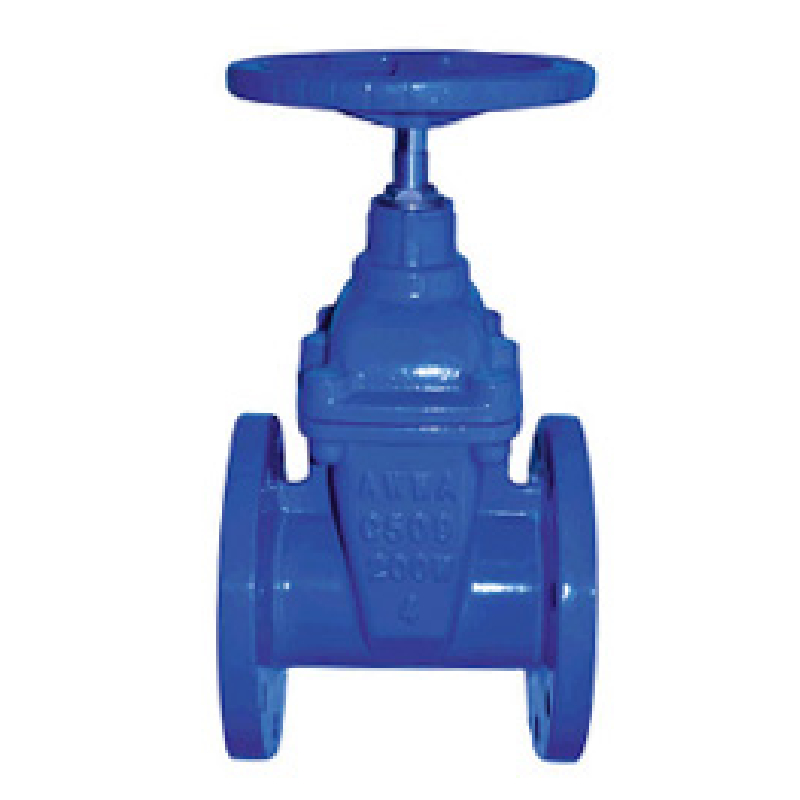10 月 . 12, 2024 04:05 Back to list
ductile iron butterfly valve
The Importance of Ductile Iron Butterfly Valves in Modern Industries
In various engineering applications, efficient flow control is paramount. One of the most effective tools for regulating fluid movement is the butterfly valve, specifically made from ductile iron. This material choice not only enhances the performance and durability of the valve but also addresses many challenges found in industries requiring robust and reliable flow control solutions.
Understanding Ductile Iron
Ductile iron, also known as spheroidal graphite iron or nodular cast iron, is characterized by its unique microstructure, which provides it with superior mechanical properties compared to traditional cast iron. It possesses excellent tensile strength, ductility, and resistance to impact, making it an ideal choice for manufacturing valves. In environments where high pressure and variable temperatures are commonplace, ductile iron proves its worth, offering enhanced performance and longevity.
Advantages of Ductile Iron Butterfly Valves
1. Durability Ductile iron valves are designed to withstand extreme operational conditions. Their robust nature makes them resistant to wear and tear, allowing them to function effectively over extended periods without significant degradation.
2. Corrosion Resistance Many industries operate within environments that are susceptible to corrosion. Ductile iron can be coated with different materials to enhance its resistance to corrosive agents, providing additional security and performance in harsh conditions.
3. Lightweight Design Compared to steel, ductile iron butterfly valves are typically lighter while still maintaining strength. This can lead to easier installation and maintenance, reducing labor costs and time in industrial applications.
4. Versatile Applications Ductile iron butterfly valves are incredibly versatile, making them suitable for a variety of applications across industries such as water treatment, chemical processing, power generation, and HVAC systems. Their ability to handle various fluids, including liquids and gases, adds to their appeal.
ductile iron butterfly valve

5. Cost-Effectiveness Despite the initial investment, the long lifespan and reduced maintenance requirements of ductile iron butterfly valves result in lower overall lifecycle costs. This makes them a smart choice for industries looking to optimize their operational budgets.
Performance Features
Ductile iron butterfly valves are designed with several performance features that enhance their functionality. The disc of the valve can be fully opened or closed quickly, allowing for efficient flow control. Additionally, the design minimizes pressure drop, making them energy-efficient for pumping systems.
Moreover, these valves can be operated manually or automatically and can accommodate a range of actuator options, including electric, pneumatic, or hydraulic. This flexibility enables operators to select the most suitable mode of operation for their specific requirements.
Environmental Considerations
In an era where sustainability is crucial, ductile iron butterfly valves meet environmental standards while ensuring efficiency. Their longevity reduces the need for frequent replacements, thus lowering waste. Furthermore, when these valves are manufactured and maintained correctly, they contribute to energy efficiency in various systems, promoting an overall reduction in environmental impact.
Conclusion
In summary, ductile iron butterfly valves play a vital role in modern industries. Their remarkable attributes—durability, corrosion resistance, lightweight design, versatility, and cost-effectiveness—make them indispensable for effective fluid control. As industries continue to evolve and demand more reliable and efficient solutions, the ductile iron butterfly valve stands out as a preferred choice for engineers and operational managers alike.
Investing in these valves not only enhances the performance and safety of industrial systems but also aligns with broader goals of sustainability and efficiency. By choosing ductile iron butterfly valves, industries can ensure that they are equipped to meet both current and future challenges in fluid management.
Share
-
Understanding the Differences Between Wafer Type Butterfly Valve and Lugged Butterfly ValveNewsOct.25,2024
-
The Efficiency of Wafer Type Butterfly Valve and Lugged Butterfly ValveNewsOct.25,2024
-
The Ultimate Guide to Industrial Swing Check Valve: Performance, Installation, and MaintenanceNewsOct.25,2024
-
Superior Performance with Industrial Swing Check Valve: The Essential Valve for Any SystemNewsOct.25,2024
-
Industrial Swing Check Valve: The Ideal Solution for Flow ControlNewsOct.25,2024
-
You Need to Know About Industrial Swing Check Valve: Functionality, Scope, and PerformanceNewsOct.25,2024